“Balance is defined as the ability to stay steady or stable to avoid falling. It’s elusive. People everywhere struggle to find it, and I’m no different. The roles I’ve chosen in life include wife, mother, teacher, blogger, and volunteer, and I’ve spent my adulthood trying to balance them in a way that’s fair to everyone while aiming to keep my head above water, and, at times, I’ve failed miserably. These roles can be enough to overwhelm me, but I also have another role I didn’t choose. I’ve spent the last 38 years of my life as a chronic illness patient, 24 hours a day, 7 days a week, all year long. Navigating my life with four autoimmune diseases hasn’t been easy, but my journey has taught me so many lessons.

I was the little girl screaming in the doctor’s office as I hid underneath a chair, hoping the nurse couldn’t reach me with her huge needle. In fact, the tears often started before I got to the office when my mother’s kind voice coached me to be brave. I tried to suppress the fear, but my screams usually ended up shattering the quiet calm of the office. Fast forward to the age of 12, I was able to hold back my screams, but the fear was still overwhelming. There was nothing I hated more than shots, except maybe the school bully who made fun of my buck teeth daily.
One day, our reading teacher assigned a 20 minute presentation, which seemed overwhelming for a 12-year-old, but we had fun learning about our topics. Presentation day came, and I still remember my classmate who talked about a disease he had called diabetes. I was in awe of his bravery as he used an orange to show us how he injected himself with insulin each day so he could stay alive. I went home that night and told my family about Tommy’s disease… and then I began a nightly prayer request, ‘Please God, if I ever have to have a disease, don’t give me that one.’
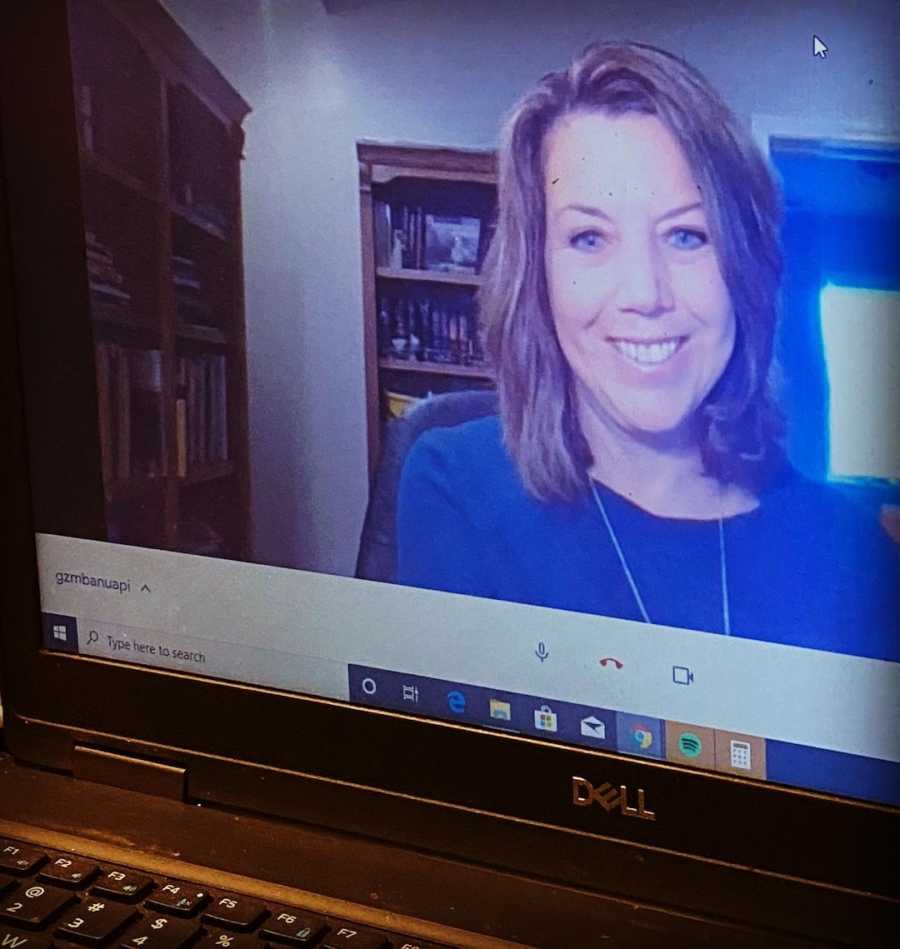
3 years later, after a period of feeling constant fatigue, weakness, and extreme thirst as well as losing weight rapidly and peeing more times a day than I thought was humanly possible, I was diagnosed with type 1 diabetes, my first autoimmune disease. My immune system had launched an attack on my pancreas, preventing it from producing insulin. I cried throughout my hospital stay, shocked and devastated, as I learned a new way of life. I left when I conquered my fear of syringes, and my blood sugars were somewhat stabilized. The strength and courage I found when I had no other choice kept me going.
Staying alive and well with diabetes at that time meant several insulin injections a day along with five or six finger sticks to maintain good blood sugar control. Through my training, nurses embedded the fear of blindness, heart disease, nerve damage, and amputation, and as much as I’ve wanted to break from the constant monitoring over the years, the frightening consequences usually keep me on track. The worst exception happened during my college years. I stumbled as I tried to keep up with the dietary changes and stressors of college life. I also was suddenly handling my disease on my own without the constant support of those who knew my situation well. I somehow survived 4 years and got back on track with a goal to be healthy enough to someday have children.

Diabetes care has come a long way, and I now wear an insulin pump, a device that acts as an electronic pancreas, delivering insulin to my body constantly. I also combine my finger sticks with a continuous glucose sensor, which communicates with my pump and adjusts dosages for better control. With all this in place, I use the math I thought I’d never see again after high school for daily carb counting, bolus deliveries, and other adjustments that are part of the everyday life of a type 1 diabetic.
While I am so grateful for the technology that keeps me alive, the need for a break is real. With diabetes, there are constant reminders my body doesn’t function as it should, and it requires nonstop management. I wake up early to refill my insulin pump and change my infusion site. I stay up late because my sensor needs to be charged, and I have to test my blood at specific intervals to optimize accuracy. Alarms beep throughout the night, warning me I need extra insulin or I’ve taken too much. I run late because my pump tube catches on a drawer handle and rips out of my body or because I hit a vein when inserting a device, and the instant stream of blood stains my clothing. My devices and medications help me to control this disease, which has led to improvements in my life, but the management is difficult and time-consuming and definitely affects every hour of every day.

15 years after my first diagnosis, I began to feel horrible again, to the point where I was positive I had another medical problem. This time, my husband, Paul, and I had three toddlers, and I was barely able to function. I suffered from stomach pain, nausea, diarrhea, constant fatigue, and weakness. My doctor told me I looked perfectly healthy, and I was probably just a tired mom. I pleaded with him, ‘I am a mom and I am tired, but this illness goes beyond that. I could always keep up with my children before, and now I’m too weak to move from the couch.’ I knew he was wrong, but there was nothing I could do. Paul left work a few times a day to help me. It was the only way we could get by.
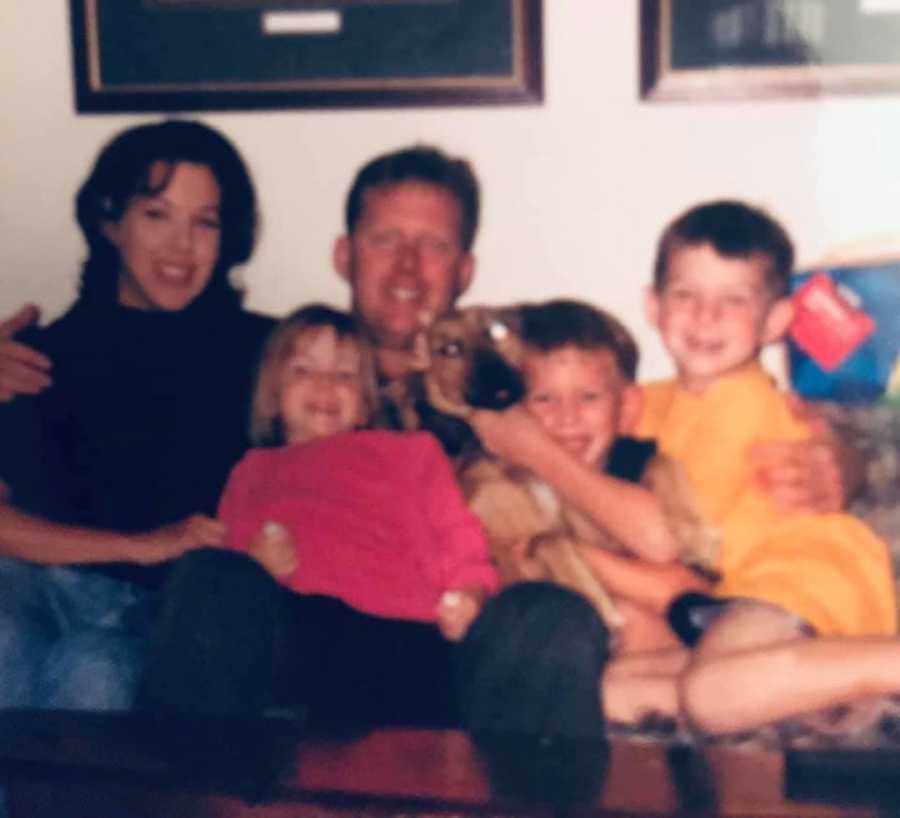
I scheduled additional office visits, only to hear the same verdict until I had an appointment on a day when I felt my absolute worst. By that time, I had lost over 20 pounds, and I moved past looking thin and tired to grossly unhealthy. I was relieved to see the doctor finally take me seriously as he ordered many tests and sent me to a specialist. I eventually got my second autoimmune diagnosis, celiac disease. With this one, when I ingest gluten, my body has an immune reaction to it, causing an attack on and damaging the villi, the part of the small intestine that absorbs nutrients. For me, the management is easier for celiac disease than for diabetes, yet still life-changing. I stopped using products and avoided eating any food containing gluten during a time when gluten-free foods were hard to find. My body eventually healed after several months. The gluten-free lifestyle, however, requires much education because gluten comes in many forms. For instance, salad dressing, sauces, and seasonings can all contain gluten, as can cosmetics, vitamins, and the glue on an envelope. Ingesting even small amounts of hidden gluten can be harmful with both short and long-term effects. I was relieved to have a diagnosis and a solid map for recovery but didn’t look forward to the additional limitations I faced. Despite knowing my situation could be much worse, I went through a grieving period.
My third autoimmune disease unfolded slowly as I tried to ignore its onset. I was far too busy with family sports, children’s activities and my career to be bothered. I started to suffer from severe headaches, and then my menstrual cycle became erratic. When I started to have uncomfortable body temperature changes throughout the day and night, moving from freezing to sweating and back again, I convinced myself it was just early menopause. My new brain fog that diminished my short-term memory and my ability to think clearly confirmed my thoughts. Meanwhile, other odd symptoms had started. For example, I tried to pick up a pen, and while I knew my brain wanted my hand to do it, my fingers weren’t moving. It was as if the message wasn’t getting there. That experience repeated itself several times over the next few months.
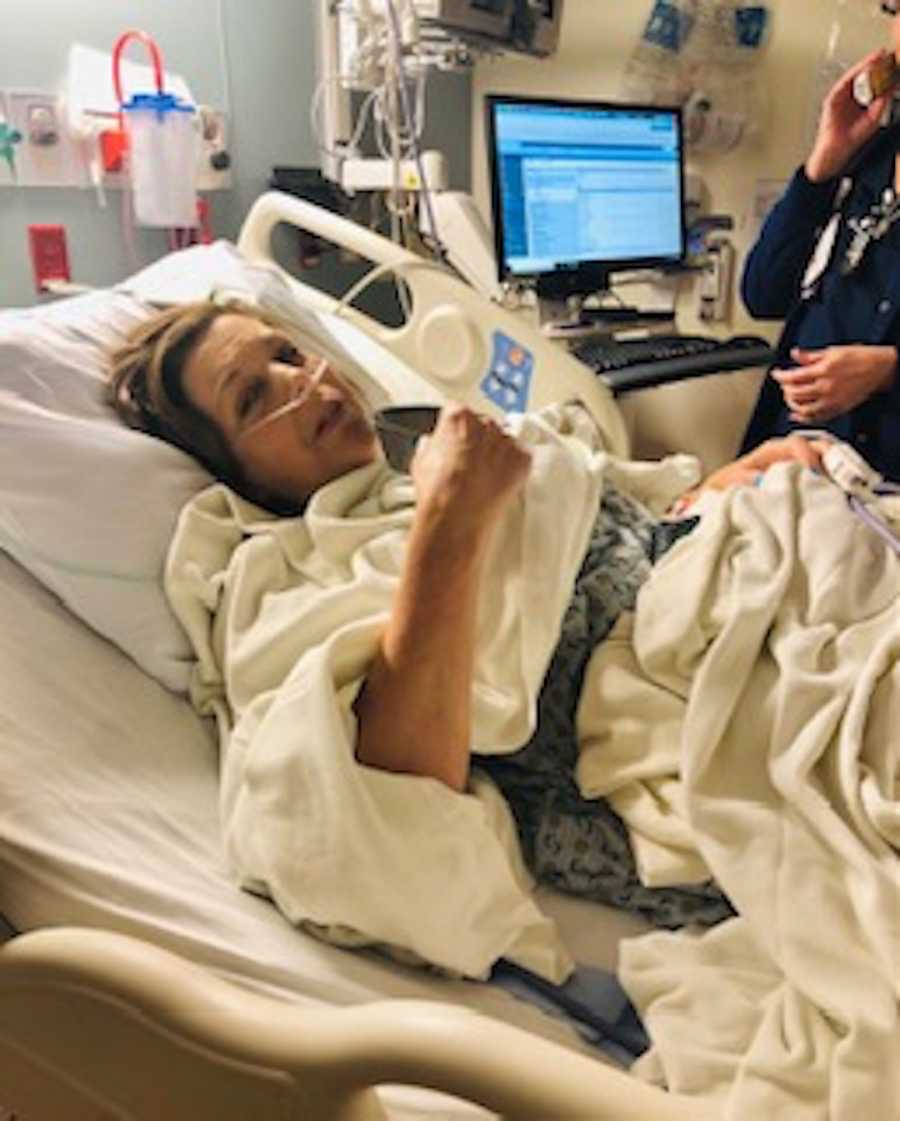
At my yearly appointment, I found out my hormone levels were normal. I wasn’t in menopause, and I was suddenly afraid of what my odd symptoms could be as I added even more to the list. My right leg fell asleep often, but it would take several days or weeks for the numbness and heaviness to go away. My lips became numb, and my right eye had a crawling sensation behind it. There also were times when both thighs were hit simultaneously with pain bad enough to prevent me from standing. My entire body hurt. I was exhausted, and I never felt so weak. Eventually, breathing became a challenge, and I was misdiagnosed with pneumonia that three rounds of antibiotics didn’t cure. Odd rashes developed on my body, and I began to feel heart palpitations throughout the day. I still had no answers.
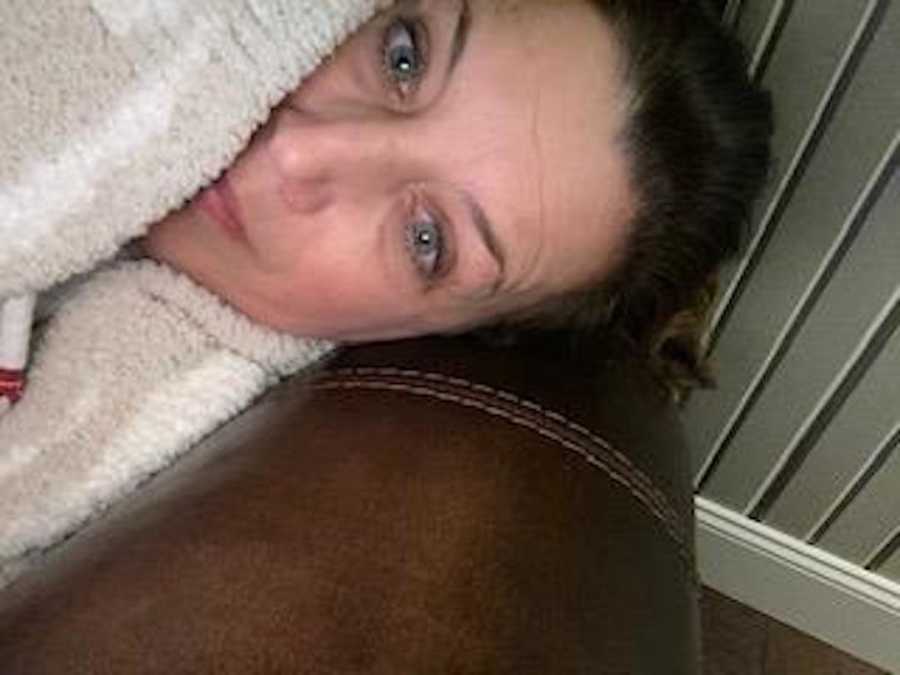
My primary care doctor, however, was thorough and persistent, even after a specialist dismissed me. He prescribed numerous tests that showed multiple lesions in my spine, liver, spleen, and lungs. After a spleen biopsy, I was diagnosed with sarcoidosis, a multi-systemic inflammatory disease that can interfere with the function of the body’s organs. For most patients symptoms go away eventually, but for 30%, the disease is ongoing, requiring immunosuppressant drugs and other therapies. 5 years post-diagnosis, after several rounds of treatment, along with multiple visits to my spectacular team of specialists at Cleveland Clinic, I’m coming to terms with the fact I’m in that 30 percent and will be facing this challenge for life. Another disease, more adverse effects, and one more balancing act to add to my list.
Finally, somewhere in the midst of discovering the unknowns that are sarcoidosis, I received my fourth autoimmune diagnosis, Hashimoto’s disease. While I take daily medication, I just found out my levels are all off. I am honestly still learning about this condition and how I can improve symptoms.
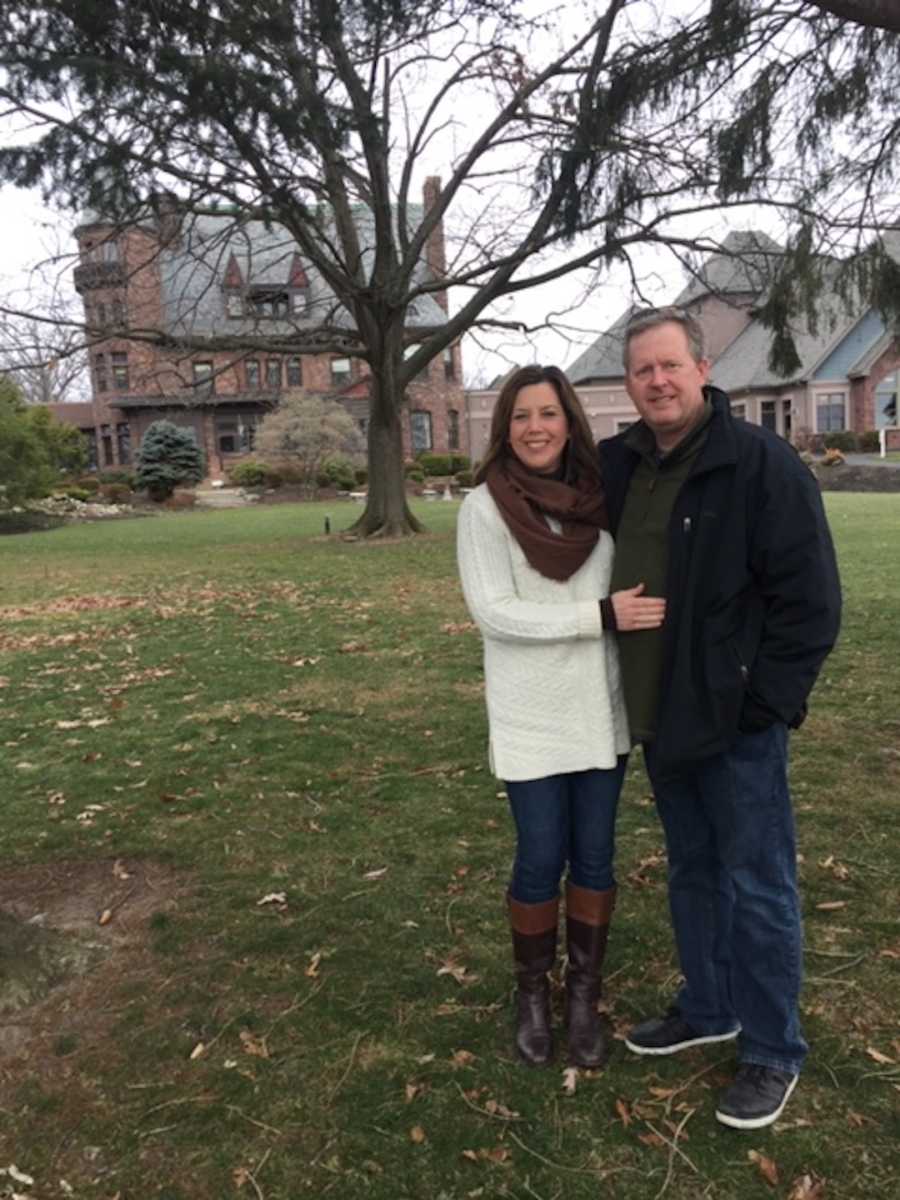
Chronic illness life requires courage, strength, and stamina. Many chronic diseases are called invisible illnesses because, to everyone else, the patient appears perfectly healthy while still dealing with daily struggles, which can make finding a diagnosis difficult. Once diagnosed, the grieving process that comes with it is inevitable, but the time it takes to grieve will vary. I grieved 6 months after celiac disease but 3 years after sarcoidosis. Whatever it takes is okay, and patients will eventually reach acceptance. With that comes the adaptation to a new normal and the need to be kind to yourself.
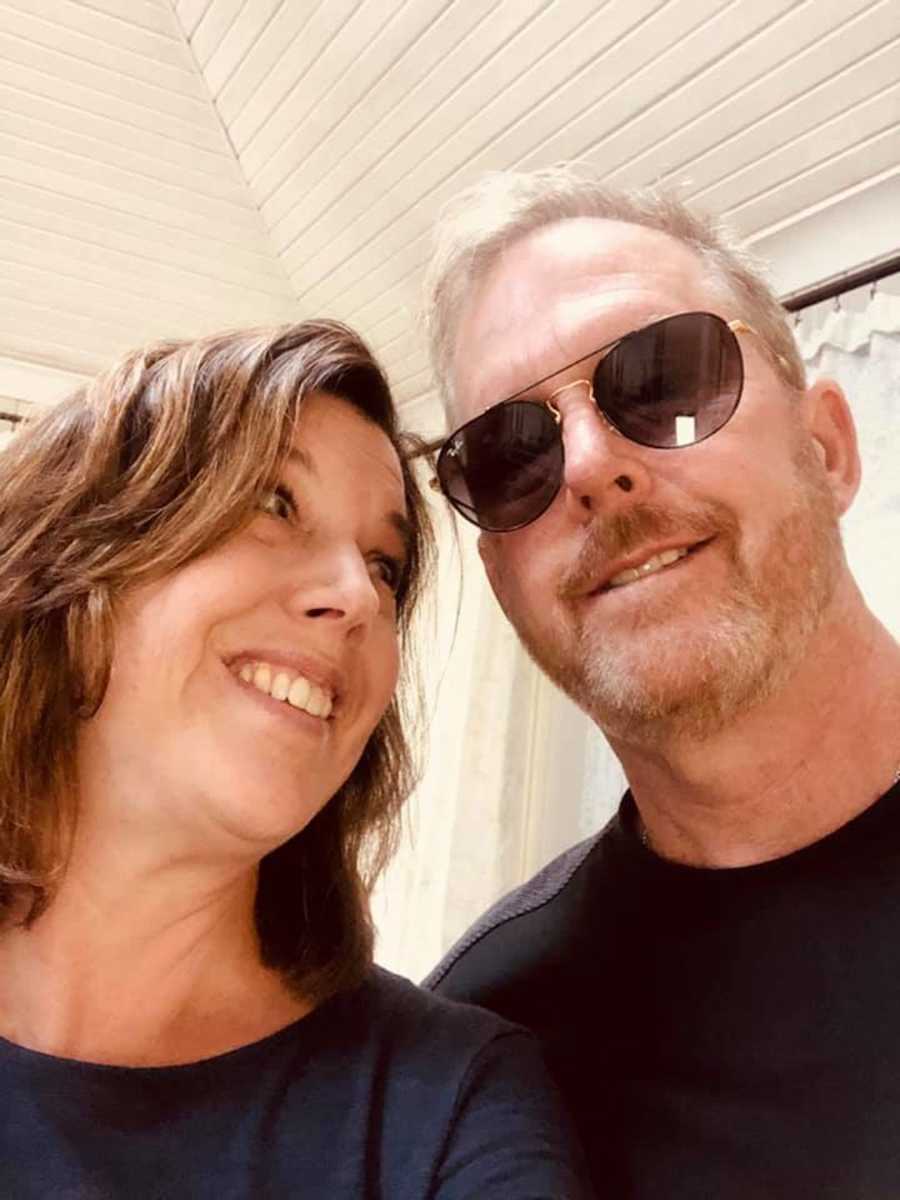
After 38 years of living with autoimmune disease, I’ve learned I need strategies and tools that improve my own life and help me feel positive and as healthy as possible. I have to find what makes all aspects of my life most manageable. For a long time, I pushed my health to the back burner and took care of everyone else first, but I’ve learned neglecting illnesses is the worst decision a patient can make, no matter what else is going on in life. Significant events caused by my own poor decisions have taught me the importance of taking care of myself so that I can continue to take care of others. I reflect on the time I passed out due to low blood sugar because I was frantically multi-tasking to prepare for out-of-town guests. I pushed myself to keep moving rather than pausing to test my blood. My husband called 911 while my perfectly planned dinner burned. I had to step back and say, ‘I can do better than that. After all, how can I care for those I love when I’m not taking care of myself? How can I do it if I’m making deadly mistakes? I need to make changes.’
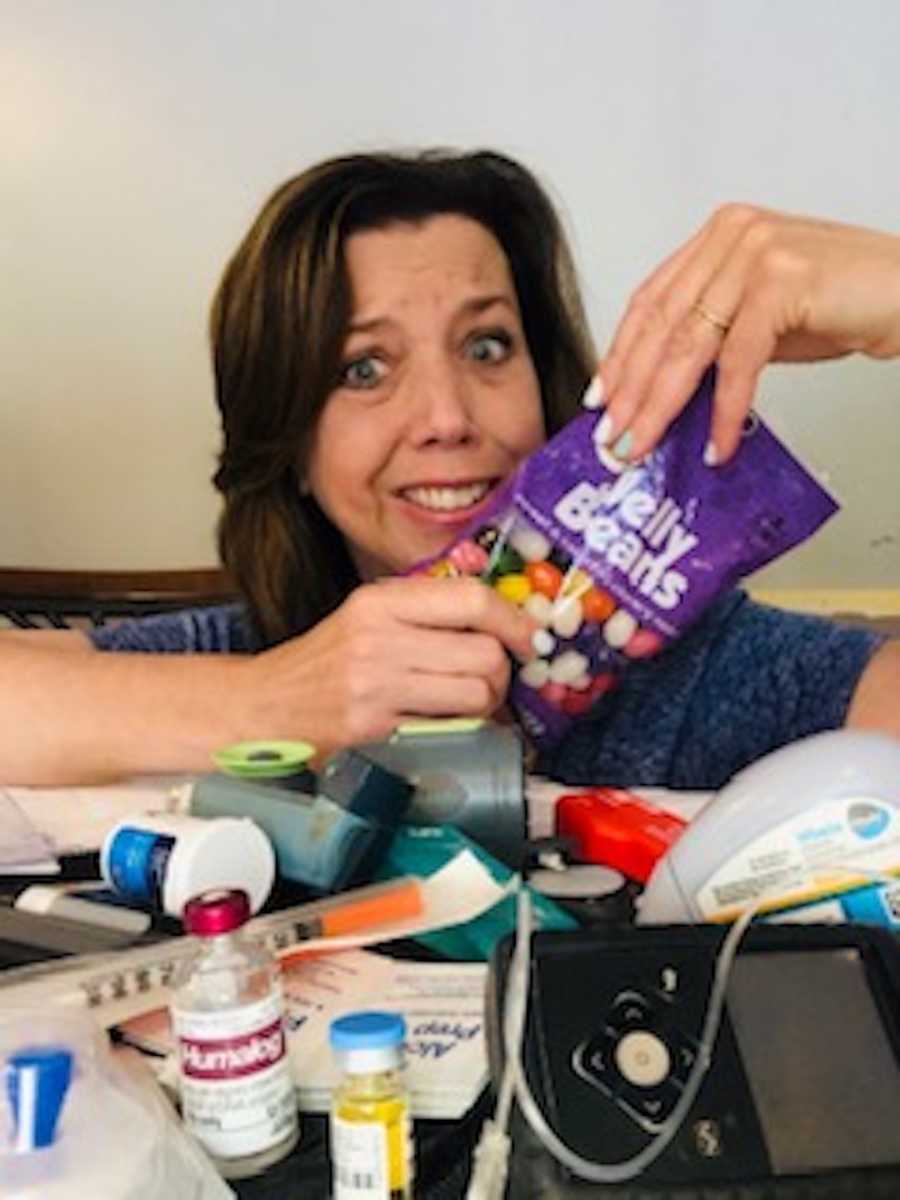
I’ve found ways to be successful while prioritizing my health. In my career, I had taken on more than I can handle and by the time I realized it, the stress was building and the caffeine I drank to stay awake combined with the Advil I took to counteract the effects of the caffeine took their toll on my stomach and caused health consequences that didn’t have to happen. I was embarrassed as I explained my situation to my employer who supported me completely while I cut back on my extra responsibilities. Unrealistic decisions can only harm me, and as I became more experienced at managing my diseases, I started leaning toward smarter choices. Life became more manageable.
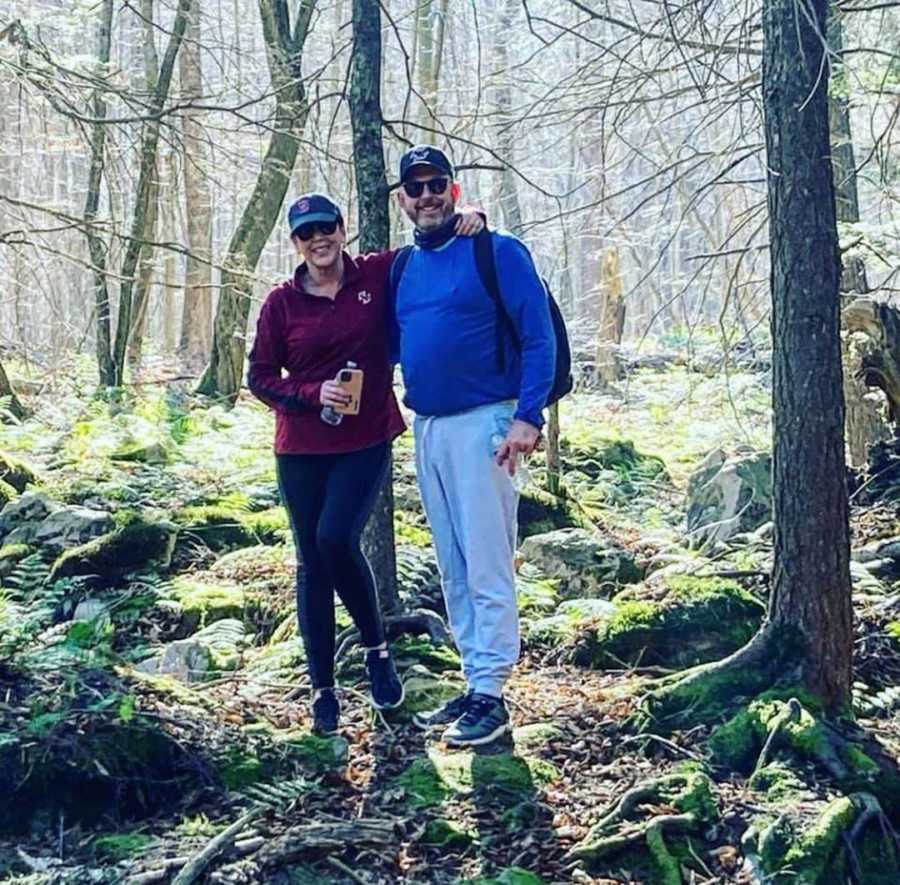
My family has my whole heart and will always be a top priority. I love them and the joy they bring to my life, yet I’ve learned I need to take care of myself first so I can be a better wife and mom. I think of the guilt I felt as our kids were growing up when I missed events because of my health. I think of the nights they wanted me to play a family game or help them study, and I did so while simultaneously grading papers because I was trying to fit too much in my life.
As a chronic illness mom, I burdened myself with guilt because I felt like my diseases took away so much from my family. I now know that is so far from the truth. As my kids grew up, I realized they weren’t bothered by the worries that troubled me. They had a level of empathy most children wouldn’t have had an opportunity to develop. They were understanding and took care of me when I needed it just like my husband and I have always taken care of them. Despite the times I felt guilty, our now-adult children are wonderfully successful, kind, and caring human beings. I shouldn’t have wasted any time worrying about the factors I couldn’t control. I realize now I was doing the most important thing of all by constantly showing them my unconditional love. That love, by far, is what matters most. There was never a need to ignore my own health.
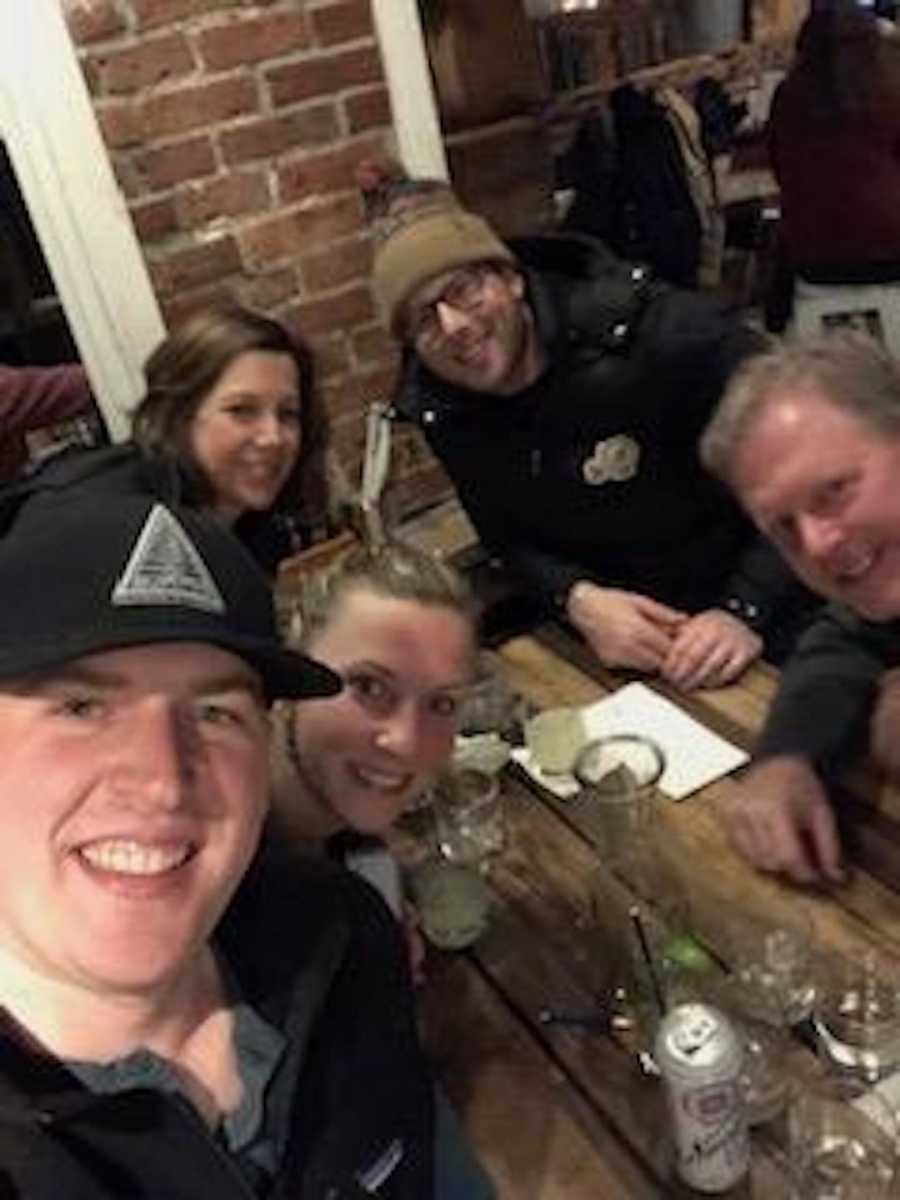
With or without autoimmune diseases, another important part of balancing life is striving to reach goals and dreams. Everyone has a different mountain to climb, and it doesn’t matter how you get there. It’s always okay to take baby steps as long there is movement. I’m proud of my master’s degree and the honors and awards I’ve earned. I’m also proud of finishing a 5k, even though I came in last because I know where I started. This year I achieved a long-time goal of starting a blog to share my own experiences with hopes of helping others with chronic illness. Although it is an extra task I’ve taken on, I did it when the time was right, knowing I could also make the rules. If I’m not physically up to writing a post, I wait until I am; if I need to work on updates on my site, they wait until I can handle it.
Balance means knowing what’s most important and acknowledging that no matter what happens, I need to put my health first. Everyone who is on my side understands my priorities, and when I keep them in place, we all win.”
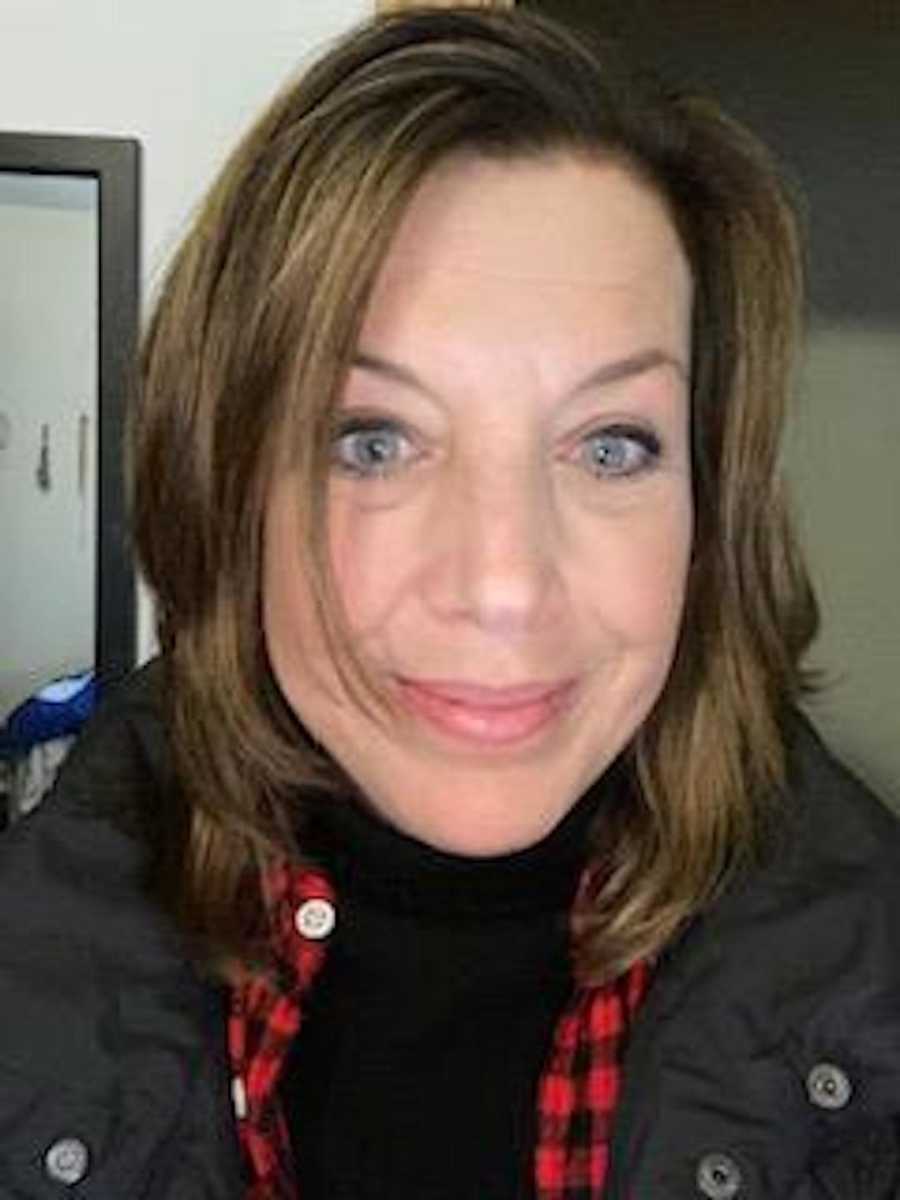
This story was submitted to Love What Matters by Victoria from Pennsylvania. You can follow her journey on Instagram and her blog. Do you have a similar experience? We’d like to hear your important journey. Submit your own story here. Be sure to subscribe to our free email newsletter for our best stories, and YouTube for our best videos.
Read more stories like this:
Do you know someone who could benefit from reading this? SHARE this story on Facebook with family and friends.




